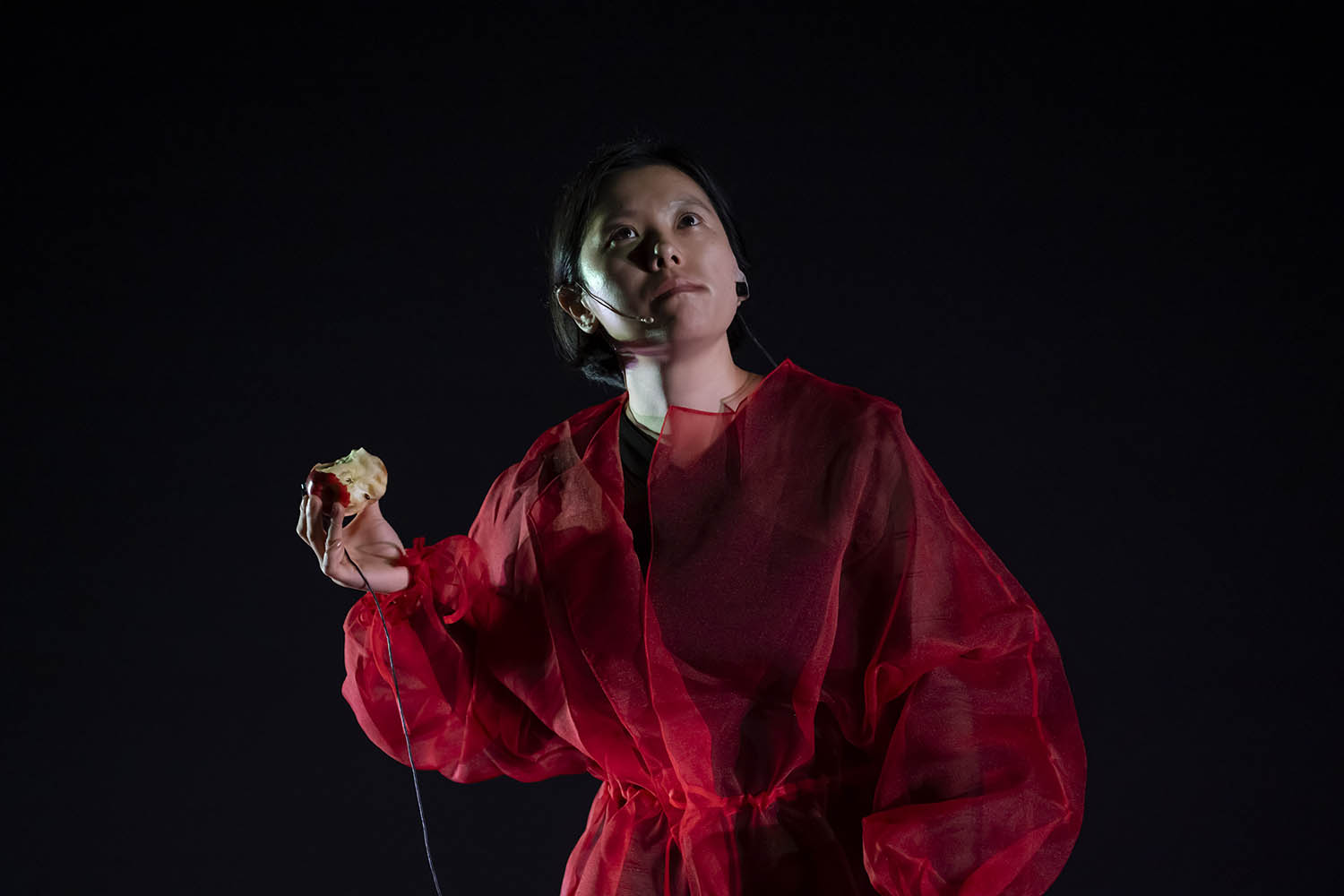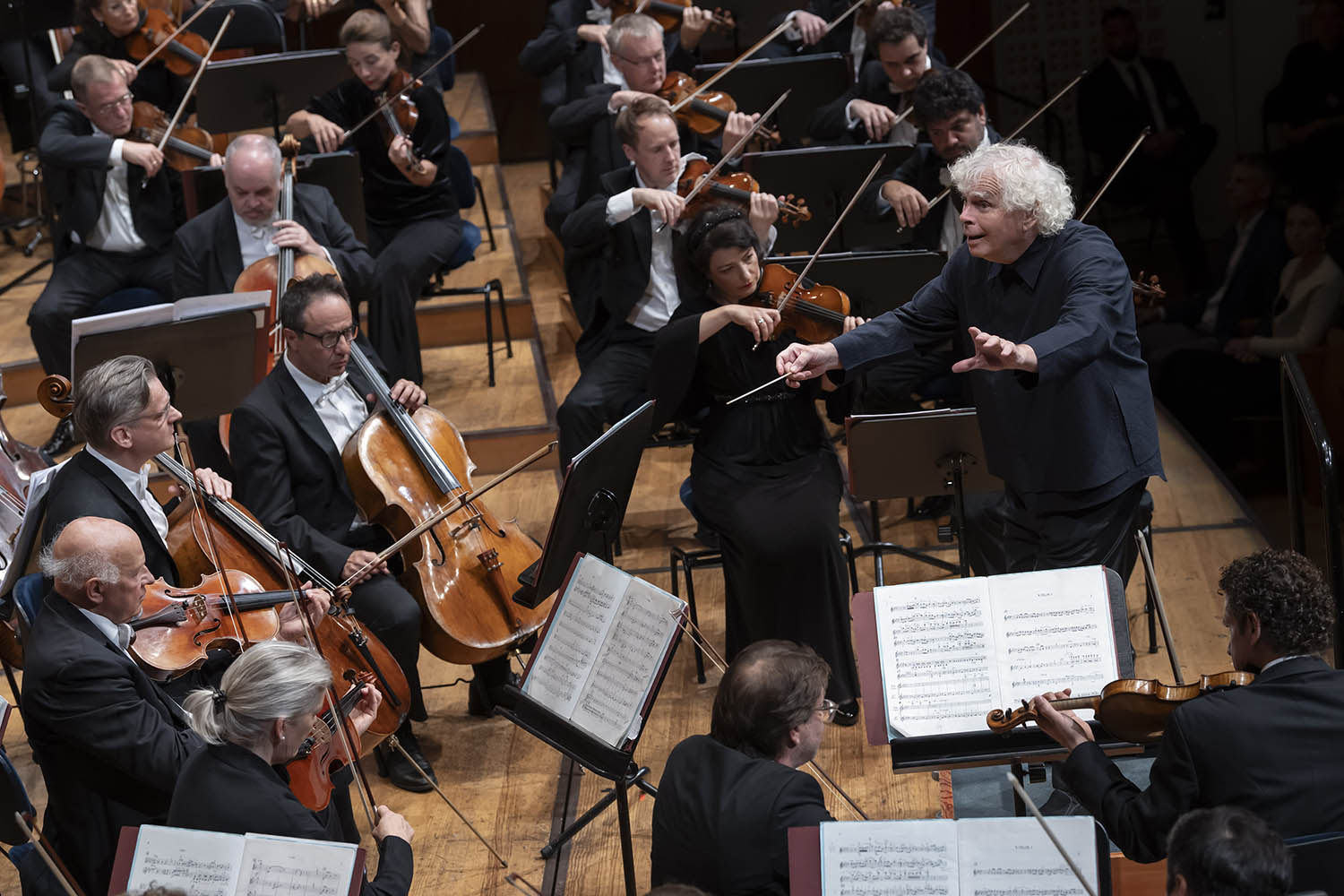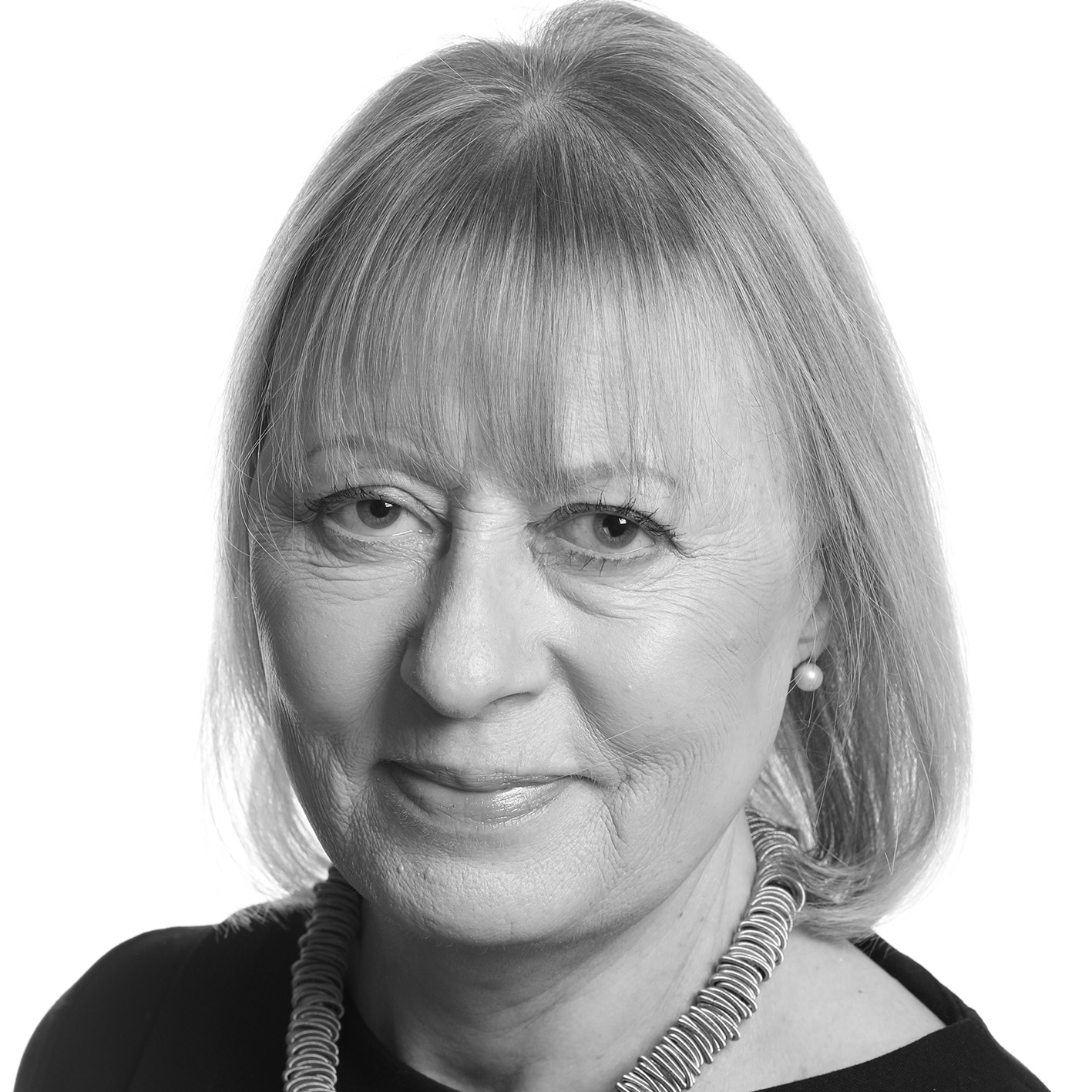Out of sight, whirring and purring, countless mechanisms are at play to make sure an international summer festival succeeds. The higher the profile, the more precision is needed. Aside from practicalities – rehearsal schedules, swift manoeuvring of hundreds of musicians and their priceless instruments – questions chiefly relate to the relationship of art and money. Musicians, in hard-won summer downtime, want to explore adventurous repertoire and expand skills: a vital act of renewal. For those who pay, as sponsors or ticket-buyers, it’s a time of entertainment in a glamorous location. Serious repertoire is fine. The Rite of Spring, no problem. Too many evenings of experimental electronica, a bridge too far.
Lucerne festival, founded in 1938, has blossomed under its current director, Michael Haefliger, who arrived in 1999 and is now in his last season. (His successor is Sebastian Nordmann, from the Konzerthaus Berlin.) Even Switzerland, in all its prosperity, has have-nots. Haefliger has addressed – boldly – access, education and sustainability. Themes have been part of his tenure: this year’s is “Open End”, with an emphasis on unfinished or cyclical works, so the festival opened with that most tantalising incompletion, Mahler’s Symphony No 10.
The season will close with a musical bonanza in the spectacular Ark Nova, its first time in Europe. This aubergine-coloured inflatable concert hall was designed by the British sculptor Anish Kapoor and the Japanese architect Arata Isozaki as a response to the 2011 earthquake and tsunami. Thirty-five affordable concerts, from classical to pop and jazz, will be Haefliger’s fitting finale, under the title “Music Is Hope”.
Lucerne’s emphasis is on orchestral music, with the hand-picked Lucerne Festival Orchestra (LFO) at the centre, directed by Riccardo Chailly but also working with other star conductors. This year, Simon Rattle made his debut with the LFO, charming a capacity audience in one of the free “40 Minutes” events, in which the rehearsal process is laid bare.

The mesmerising, apple-crunching Winnie Huang
This was real work, under pressure of time, not show. The result, next day, was a dazzling account of Shostakovich’s Symphony No 1 and Mahler’s Das Lied von der Erde; the first, a teenager’s prodigious achievement, the second, a late work not performed until after Mahler’s death.
With typical collegiality, Rattle chose the Shostakovich in part because it has high-profile action for timpani and tuba, who have only a matter of bars to play in Das Lied von der Erde, and otherwise must sit silently for nearly an hour (though it’s very nice music to listen to, as timpanist Raymond Curfs, who has played with the LFO since their inception in 2003, told me philosophically. His wife plays oboe in the orchestra, one of several family pairings, including siblings and a father and son.) The power of this elite orchestra lies especially in the weight and pliancy of the strings. Several of the players are concert masters elsewhere. All come from top orchestras. The list of wind and brass similarly reads like a roll call of Europe’s best.
In the warm acoustic of the lakeside KKL hall (its shoebox-shaped white interior was designed by Jean Nouvel), Shostakovich’s graduation symphony had the clarity of chamber music, even at its swaggering, vaudeville noisiest. The American heldentenor Clay Hilley demonstrated resilience and vim in the uneasy, high-lying drinking songs of Das Lied von der Erde. As the other soloist, the Czech-born mezzo-soprano Magdalena Kožená was at her most radiant in the higher range, capturing the introspection that culminates in the final utterance “Ewig” (for ever), repeated seven times, each more distant. In this song-symphony, Mahler, devastated by private difficulties, wanted to “find his way back to himself”. If the voices are important, so too are the instrumental solos, fluid and uncontainable (some say unconductable). Rattle gave these elite players their freedom, with due reward.
In the space of two days, the schedule offered a striking range. The British conductor Jonathan Nott cast light on Pierre Boulez’s Répons (given by players from the Lucerne Festival Contemporary Orchestra and six soloists), his body movements – now in arabesque, now with military rigour – steering us, and the ensemble, through this mirroring of acoustic and electronic sound. As a prelude, a new work, Ritual by Dai Fujikura (born 1977), was both a centenary homage to Boulez – a key Lucerne figure in the 00s – and a small rebellion, the effect mellifluous and impressionistic.
Two other events deserve mention. The Italian coloratura virtuoso Cecilia Bartoli and her period instrument ensemble Les Musiciens du Prince-Monaco were wittily, bracingly over the top in Rossini’s Il barbiere di Siviglia. And Winnie Huang, a Chinese-Australian violinist and featured artist, gave a self-styled “gestural performance”. Her late-night show began with her slowly and lusciously crunching an apple, loudly amplified (think of sitting next to an apple eater on a quiet train).
Accompanied by video and ensemble, she played, narrated and eventually performed what I can only describe as highly controlled side planks, downdogs and child poses. I may not have got the full picture from one encounter, but this singular artist held her audience mesmerised.
Lucerne festival in Switzerland runs until 14 September
Photographs by Priska Ketterer/Lucerne festival

